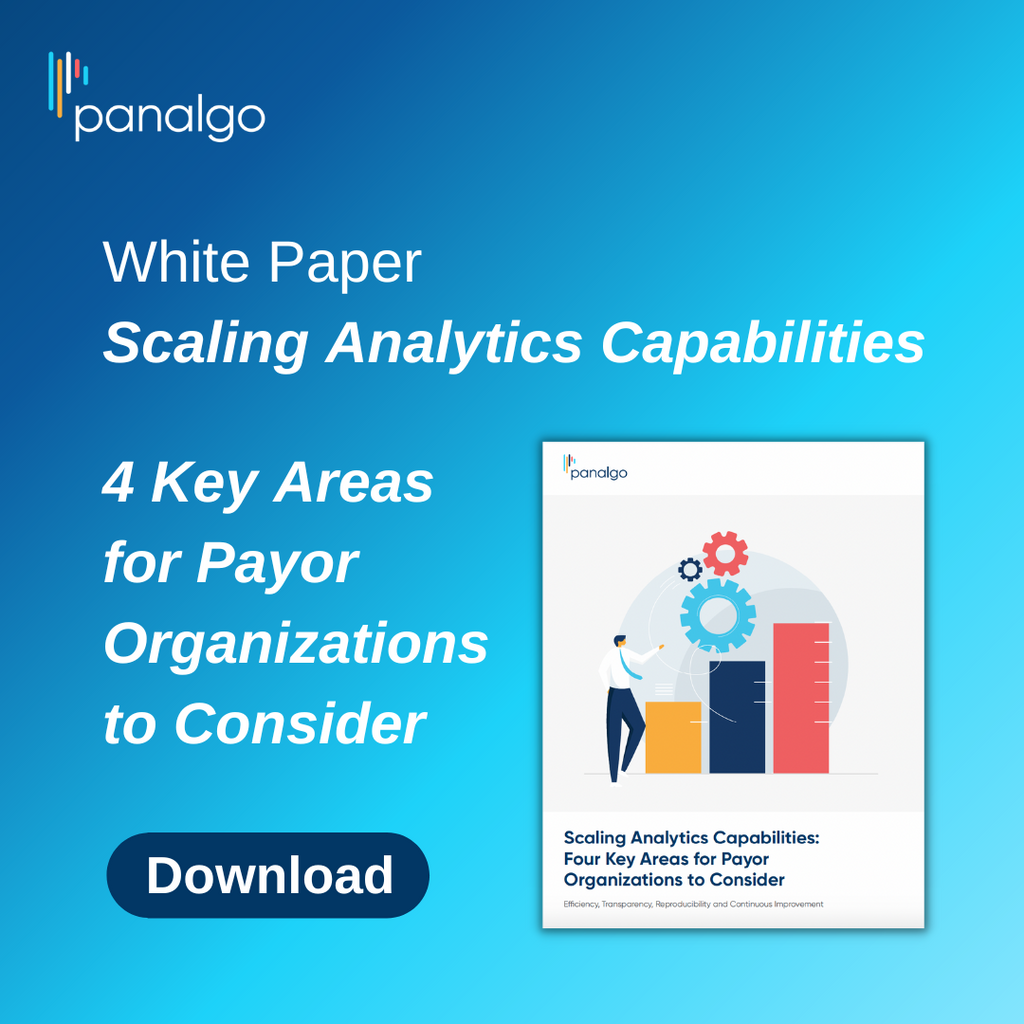Health Plan Weekly
-
Could Blue Cross Blue Shield Antitrust Settlement Tip Scales for Providers?
The Blue Cross Blue Shield Association (BCBSA) and its 33 Blues plans have agreed to pay $2.8 billion — and execute significant operational changes — as part of a tentative settlement that would resolve a long-running class-action case brought by health care providers.
The proposed settlement marks the second time in recent years that Blues plans have inked a deal to settle an antitrust case brought against them, and it is the largest antitrust settlement in the history of the U.S. health care sector. Industry experts tell AIS Health, a division of MMIT, that the terms of the latest settlement could alter the balance of power in Blues plans’ contract negotiations with providers.

-
Bad Omen: UnitedHealth’s High Costs Portend Rocky 3Q for Payers
UnitedHealth Group, whose earnings reports are often seen as a bellwether for the entire managed care sector, disclosed third-quarter results on Oct. 15 that did not bode well for its fellow publicly traded health insurers. Still, some Wall Street analysts expressed optimism that the headwinds may be temporary, at least for UnitedHealth.
UnitedHealth’s medical loss ratio (MLR) in the quarter — the closely watched metric indicating how much premium dollars are being spent on medical care — was 85.2%. That figure was higher (worse) than the Wall Street consensus estimate of 84.4%, providing one reason why UnitedHealth’s stock dipped after its quarterly results were released.

-
Average Employer Plan Premium Soars in 2024; GLP-1 Coverage Is Rare
The average annual premium for employer-sponsored health insurance in 2024 hit $8,951 for single coverage and $25,572 for family coverage, according to the KFF 2024 Employer Health Benefits Survey. This is the second year in a row that family premiums went up 7%, compared to a 4.5% year-over-year increase in workers’ wages and a 3.2% rise in inflation. Over the past 10 years, growth of the average premium for family coverage outpaced the rate of inflation (52% vs. 32%), while the average family premium and average wages grew at comparable rates (52% vs. 45%).
-
News Briefs: Senate Report Slams Medicare Advantage Insurers’ Post-Acute Care Denials
The Senate Homeland Security Permanent Subcommittee on Investigations on Oct. 17 released a report claiming UnitedHealthcare, Humana Inc. and CVS Health Corp.-owned Aetna have increased their coverage denials of post-acute care for seniors in recent years. The report alleged that UnitedHealthcare and Aetna denied prior authorization requests for post-acute care at rates approximately three times higher than their overall denial requests, while Humana’s PA denial rate for post-acute care was 16 times higher than its overall denial rate. The report’s authors wrote the results indicate “how Medicare Advantage insurers are intentionally using prior authorization to boost profits by targeting costly yet critical stays in post-acute care facilities.” They noted UnitedHealth’s prior authorization denial rate for post-acute care increased from 10.9% in 2020 to 22.7% in 2022. During that time, the number of post-acute care service requests subjected to prior authorization increased by 57.5%, while Humana’s denial rate for long-term care acute hospitals increased by 54%.
-
‘Call Center Blues’ Take Center Stage as CMS Releases 2025 Star Ratings
CMS released its 2025 Medicare Advantage and Part D Star Ratings on Oct. 10, following outcry and legal challenges to its calculations. After applying the Tukey outlier deletion methodology for the second year in a row and recalculating the much-contested 2024 Star Ratings, CMS revealed that 40% of Medicare Advantage Prescription Drug (MA-PD) contracts earned overall ratings of 4 stars or higher, and 62% of enrollees are in plans that will be rated 4 or more stars in 2025. Around 25% of Part D Prescription Drug Plans earned 4 or more stars, and 5% of PDP enrollees are in contracts with 4 or more stars.
Of the major publicly traded insurers, overall ratings for CVS Health Corp. and Cigna Healthcare (which intends to sell its MA assets to Health Care Service Corp.) were largely unchanged in terms of membership estimated to be enrolled in plans rated 4 stars or higher (69% and 88%, respectively), according to an Oct. 10 research note from Evercore ISI. “This lack of [year-over-year] change provides official validation in what we learned from the MA plan finder last week and provides additional certainty around 2026 earnings and CVS’s longer-term MA margin recovery,” wrote securities analyst Elizabeth Anderson. MA plans that earn 4 stars or more qualify for quality bonus payments in 2026.












